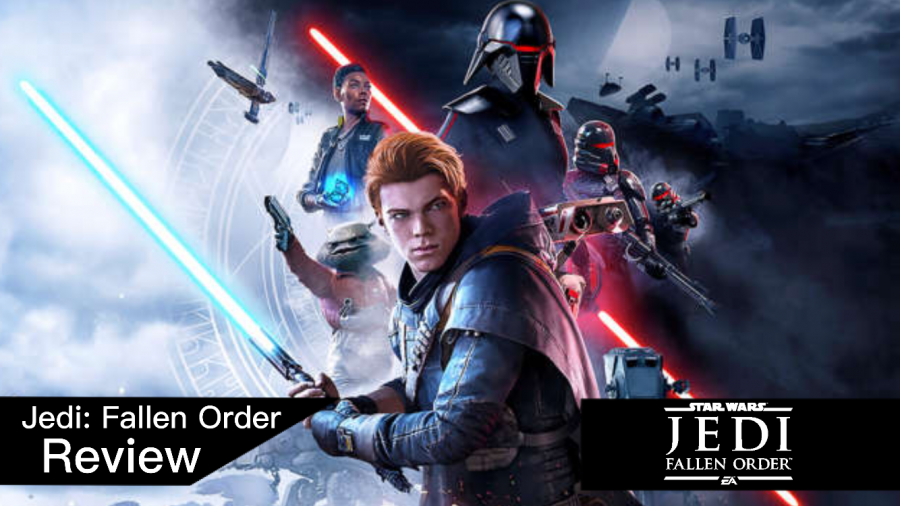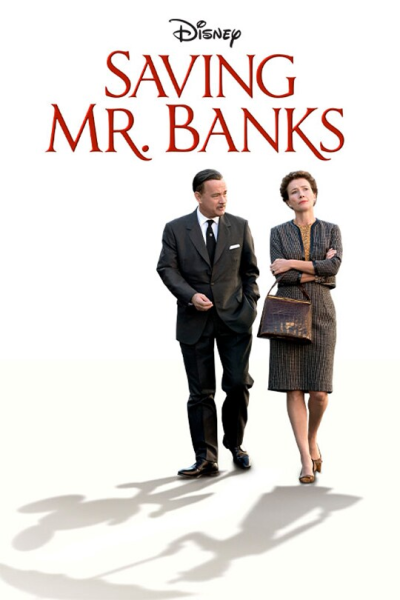Star Wars – Jedi: Fallen Order – An Action-Packed, Thrilling Adventure in a Classic Star Wars Era (Review)
Nearly seven years ago, Disney signed a contract with Electronic Arts (often shortened to ‘EA’), a video game publishing company, which allows EA to be the only company allowed to make Star Wars video games. This means that any of the countless video game studios that EA owns are allowed to pitch ideas for Star Wars games to EA.
The first Star Wars game developed and released during this contract period would be a reboot of the Star Wars: Battlefront series. Star Wars: Battlefront and its sequel were from the mid-2000s, long before Disney purchased Star Wars. The reboot of Battlefront would be released in 2015 to generally mixed reviews, with many citing a weak, uninspired gameplay loop and no single-player story, as it was a multiplayer game only, unlike its mid-2000s counterparts, which had both options.
EA would later publish a sequel to the rebooted Battlefront in late 2017, which would receive warmer reception on the front of it being a mechanically better game, as well as having a story (albeit quite a short one), but was marred by painfully intrusive microtransactions, via “loot-boxes”, an often predatory practice implemented into many online multiplayer games as a way to get players to gamble away real money in hopes of getting rare or unique items in the game.
In 2018, Respawn Entertainment, well-known for the Titanfall game series and Apex: Legends, revealed Jedi: Fallen Order, a Star Wars game touted as a single-player game that would focus on a good story and good core gameplay, rather than trying to swindle the player for as much money as possible. Released at the end of 2019, it came as a bit of a shock to many when Fallen Order turned out to have no microtransactions at all, especially given the fairly extensive system of outfits and color schemes you can apply to the main character Cal, his droid companion BD-1, or even the ship you go to different planets in.
Starting with the game’s central story, it follows Cal Kestis, played by Cameron Monaghan, as he works scrapping ships for parts, hiding from the Empire as they hunt down and kill any remaining Jedi or Jedi apprentices following the famous Order 66. Cal races from planet to planet after being discovered, trying to evade the Empire and retrieve a Jedi Holocron, which contains information on where to find young children that could be trained to become Jedi.
Without spoiling too much of the story, I found it generally good, but it mostly stays as the “standard Star Wars plot” of going on a journey and such, and often plays it safe. That isn’t to say it’s a bad story; I liked it and I liked the characters, but I think it mostly serves to drive forward the themes of exploration and the game’s phenomenal combat and other mechanics.
As fellow student Brendyn Howard put it, “In my honest opinion, the game was great. It made me feel like I was good at a game that was made to be challenging, and it was, as I struggled a few times, but the game was much more forgiving than other games like it.”
Howard continued, stating, “I sincerely hope that Respawn Entertainment and EA are planning on releasing extra downloadable content (DLC) to extend the story as the game was fairly short for me, as I was able to beat it in less than three days of playing.”
I’d have to agree, the game’s length was a little too short. If Fallen Order has been a bit longer, I feel that the ending wouldn’t have been as abrupt as it was.
Speaking of gameplay, Fallen Order has excellent combat and game mechanics. Using the lightsaber and combining it with the force powers you learn through the game feels fun, well-developed and quite rewarding.
While the style of combat used isn’t anything new or revolutionary (it’s a combat style used in other notable games, such as the Dark Souls series), it still serves as an excellent vehicle for the game to exist around. Traversing the environments and using abilities like double-jumping also feel incredibly satisfying and highly polished.
While the story may not be incredible or lengthy, the combat mechanics more than make up for it, creating a fun, punchy experience that sticks around just long enough to leave you wanting more.
Through the game, the story has you go to about five or six main planets (with a few other small locations that are more in spoiler territory), with new large story elements unfolding with each planet. Unfortunately, there can be quite a lot of backtracking between planets, especially if you’re trying to track down as many collectibles as you can.
And speaking of collectibles, the collectibles and upgrades in Fallen Order were surprisingly fun to look around for, and to try to get. Almost all of the collectibles are unlocked via chests scattered across different locations on all the different planets. These collectibles would typically be locked behind a paywall in most other EA games, so it’s quite nice to be able to just know that all the unlock-ables can be unlocked via playing the game.
But back on track, you can unlock quite a few different cosmetic looks. There’s five different colors for Cal Kestis’ outfit itself, as well as an optional poncho that Cal can wear, which has around 30 different color schemes. You can also customize the color scheme of your ship and droid companion, BD-1.
Additionally, one of my favorite parts was the lightsaber customization. I enjoyed finding different parts for my lightsaber in the various chests around each planet. You can change the way the lightsaber handle looks, as well as the color of the lightsaber itself. Later, you unlock more colors, and my only complaint with that is that the new colors come far too late to adequately try them all out.
Overall, I feel that in a potential sequel to Fallen Order, lightsaber customization could be greatly expanded, as there was a more than solid base for it, with much room for potential.
Despite Fallen Order’s distinctly double-A feel, being obviously put together by a smaller studio, it still manages to outshine and outclass it’s fellow high-profile EA Star Wars games, developed by teams of hundreds of people.
I’m mostly glad EA stayed away from Fallen Order and let Respawn Entertainment do their job and pour pure passion and creativity into a Star Wars project, and I truly hope that continues with future Star Wars games and studios, as the final product for their first attempt at that was a fun, high-action adventure with excellent combat that fit well with the Star Wars vibe, that was polished quite well.
Overall, I’d highly recommend Fallen Order to anyone who enjoys Dark Souls-like games, Star Wars, or just fun action-adventure games in general. While I wish Fallen Order didn’t have to be the champion for narrative-focused single player Star Wars games, I’m glad that it turned out well and demonstrated that there’s still a chance to make great Star Wars games without stuffing unbalanced multiplayer or egregious microtransactions into them.
Final Score: 8/10
Star Wars – Jedi: Fallen Order is rated T for Teen and is available now for Xbox One, PlayStation 4 and PC.

I am a Senior in high school. My hobbies include writing fictional stories, playing video games, drawing, and taking photographs. My favorite of those...






